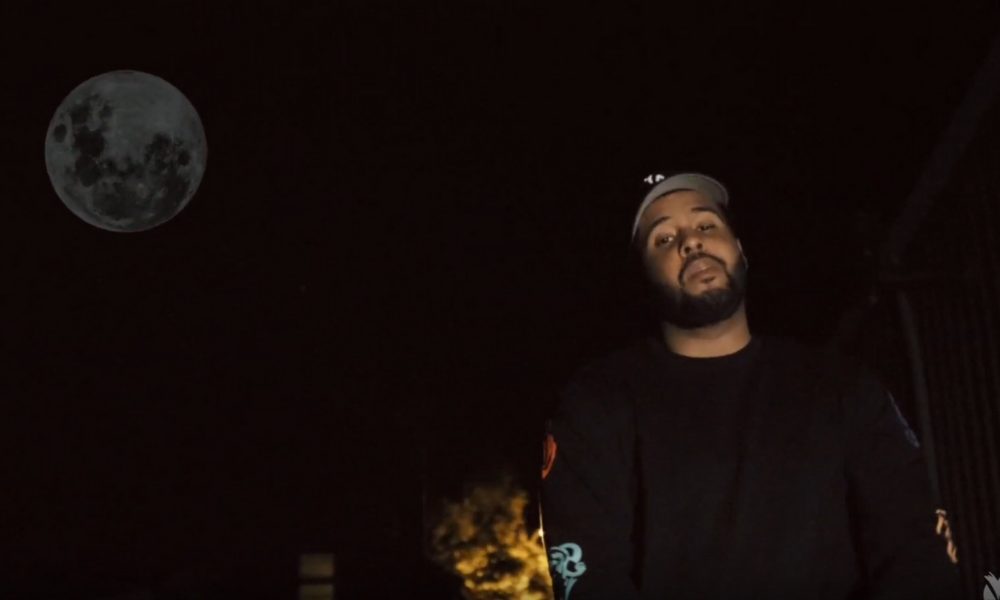Thirty years after his death, the music of Miles Davis is going strong. Davis defined the sound – and sounds – of modern jazz like no other in the way he integrated the electrical instrumentation of genres like rock, funk and soul. He is one of the most influential musicians of the 20th century, in any genre.
One way this can be seen is just how often he is sampled by modern musicians.
For example, Davis can be heard providing the smooth, laid-back accompaniment to Trademark Da Skydiver’s more energetic and accentuated rapping on the track Super Sticky. Listen, and after the velvet tones of John Coltrane’s tenor sax, you’ll hear the instantly recognisable plaintive wail of Davis’s muted trumpet from his song Flamenco Sketches – one of the most famous tunes from Kind of Blue (1959), the best-selling jazz album of all time.
Hip-hop artists like The Roots, Mobb Deep, The Beatnuts, Black Moon, Heavy Da and The Boyz, Notorious BIG, Diddy, Outkast, Queen Latifah – to name just a few – have all sampled the jazz trumpeter.
Innovating jazz
Davis seemed destined for greatness from the start. His recording debut could not have been more auspicious. In 1945, having failed to finish his education at the prestigious Julliard School in New York City, he replaced Dizzy Gillespie in a recording session for saxophonist Charlie Parker – the most highly regarded jazz musician of that, if not any other time. Dizzy Gillespie’s A Night in Tunisia is a good example from this session.
Though Davis’s schooling in the fast-paced, aggressive bebop of the 1940s proved essential, it is his subsequent work as bandleader for which he is primarily remembered.
He formed a Nonet (group of nine musicians) with an unusual line-up, including French horn and tuba. Although the recordings were not immediately successful, they heralded the “cool jazz” that would prove popular with musicians dissatisfied with the formulaic nature of bebop and its emphasis on virtuosity. It would be the 1957 issuing of the album Birth of the Cool containing recordings dating back to 1949, which brought the music to wider recognition.
In those heady years, one style quickly followed another and Davis was at the leading edge of most of them. After cool jazz came “hard bop” – a return to the edginess of bebop combined with the emerging “rhythm ‘n’ blues”. This can be heard in the song When Lights Are Low (1955). There was also the rise of “modal jazz”, using scales as the basis for melodic invention, rather than the underlying chords. The result was Milestones (1958), one of his masterworks, which was soon followed by the legendary Kind of Blue.
These works cemented his reputation, arguably making Davis the most admired jazz musician of the 1960s. It is characteristic that Davis wasn’t satisfied with this adulation but continued to experiment.
Electrifying jazz
Fascinated by rock, funk and soul, he added electric instruments – electric guitars, pianos and keyboards – as well as a driving beat to his music. The result was “fusion” and from that came the album In a Silent Way(1969). Then came the “jazz rock” of Bitches Brew(1970). As it did for folk artist Bob Dylan, electrification proved risky for Davis. Parts of the jazz community have never forgiven him for what they saw as “selling out”. However, beyond jazz, his reputation has steadily grown.
In 1975, Davis withdrew from the public sphere. He had long been plagued by ill-health, which was exacerbated by drug abuse.
This was part of the dark side of his life. While he courted controversy in his lifetime because of his drug abuse and often moody and bad-tempered behaviour, it is his often abusive and violent treatment of women that threatens to overshadow his legacy. In 2006, his ex-wife Frances Davis claimed that she “left running for [her] life – more than once,” further detailing how the musician pressured her to give up her career because, as he said, “A woman should be with her man.” Some of his other wives and partners have made similar claims.
Davis would re-emerged in 1980 and managed to continue his career right up to his death on September 28, 1991.
In this time he remained open to new influences, including hip-hop, which he incorporated in his last studio album Doo-bop(1991). So he would almost certainly have approved his work being sampled.
His unique skill as a composer and bandleader consisted of collecting an often diverse group of uniquely talented, often young, musicians and feeding off their ideas – to the point that the authorship of many of his best-known tracks is contested.
For example, many believe that the pianist Bill Evans composed “Blue in Green” from Kind of Blue. However, even if it is not always clear who contributed which note, the results are almost always unmistakably Miles.
Björn Heile, Professor of Music (post-1900), University of Glasgow
This article is republished from The Conversation under a Creative Commons license. Read the original article.
![]()




